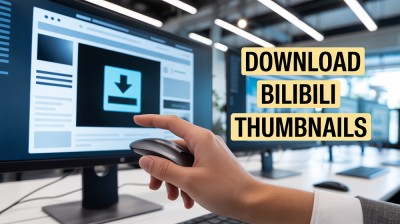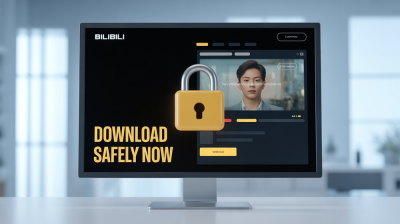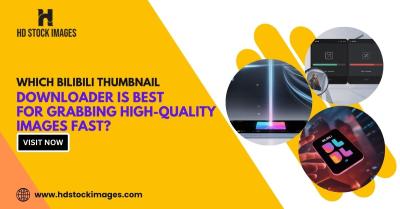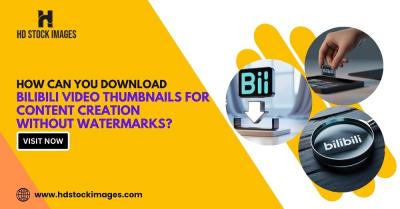YouTube has transformed the way we consume content, making it an integral part of our daily lives. Originally launched in 2005, it has evolved from a simple video-sharing site to a vast platform that hosts millions of creators, brands, and viewers. With its user-friendly interface and accessibility, YouTube allows anyone with a camera and an internet connection to share their stories, showcase their talents, and connect with audiences around the globe. But is it just a video platform, or does it qualify as a social media platform? Let’s dive deeper into this intriguing question.
The Definition of Social Media
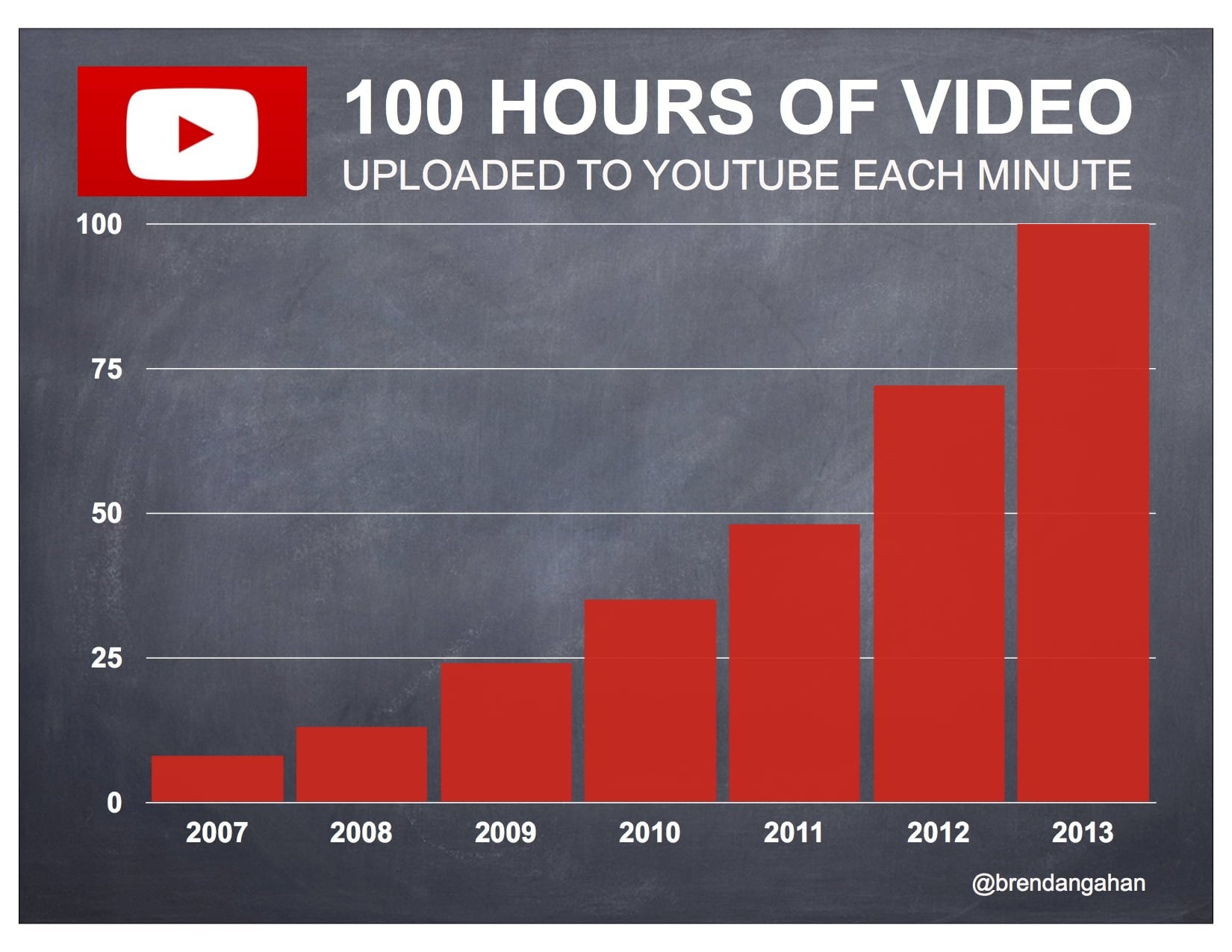
So, what exactly is social media? At its core, social media refers to online platforms that enable users to create, share, and interact with content. They facilitate communication and connections between individuals and communities. Let’s break this down:
- User-generated content: Social media platforms thrive on content created by users. This can range from text posts and images to videos and live streams.
- Interactivity: Unlike traditional media, social media encourages interaction. Users can comment, like, share, and engage in discussions, creating a dynamic environment.
- Community building: Social media platforms help form communities around shared interests. Whether it's cooking, gaming, or fitness, users can connect with like-minded individuals.
Examples of popular social media platforms include Facebook, Twitter, Instagram, and TikTok. Each of these platforms has its unique features, but they all share the common goal of enabling users to communicate and engage with one another.
Now, let’s see how YouTube fits into this definition. While it primarily serves as a video-sharing platform, it also incorporates many elements of social media:
- Comments and interactions: Viewers can leave comments on videos, fostering discussions and connections. Creators often engage with their audience by responding to comments, which builds a sense of community.
- Subscriptions and notifications: Users can subscribe to channels, receiving updates when new content is posted. This creates a following and encourages ongoing interaction.
- Collaborations: Creators often collaborate, introducing their audiences to each other and expanding their reach, similar to how influencers work across platforms.
In conclusion, while YouTube is primarily a video platform, it embodies many characteristics of social media. Its ability to foster interaction, community, and user-generated content positions it as a unique blend of both worlds. As we continue to explore its impact on online communities, it becomes clear that YouTube is more than just a place to watch videos; it’s a vibrant social ecosystem that shapes how we connect and communicate in the digital age.
Also Read This: Switching to Light Mode in YouTube: A Step-by-Step Guide
3. YouTube's Features that Align with Social Media
When we think about social media, certain features come to mind: sharing, commenting, liking, and connecting with others. YouTube, while primarily a video-sharing platform, incorporates many of these functionalities that make it feel like a social media network. Let’s dive into some of these features that blur the lines between video sharing and social networking.
1. Comments and Discussions
Every video on YouTube has a comment section where viewers can express their thoughts, ask questions, or even spark debates. This creates a space for community interaction. For instance, many popular channels engage with their audience by responding to comments, turning a one-way broadcast into a two-way conversation.
2. Likes and Dislikes
Similar to other social media platforms, YouTube allows users to like or dislike videos. This not only gives viewers a voice but also helps content creators gauge their audience's preferences. A video that receives a lot of likes often gets shared more widely, enhancing its visibility and creating a ripple effect in the community.
3. Subscriptions and Notifications
YouTube users can subscribe to channels they enjoy, much like following someone on Instagram or Twitter. Subscribers receive notifications whenever a creator uploads new content, keeping audiences engaged and connected. This feature cultivates loyalty and fosters a sense of belonging among subscribers.
4. Community Tab
Many YouTubers utilize the Community Tab to share updates, polls, and behind-the-scenes content. This feature encourages more intimate interactions, allowing creators to build a stronger relationship with their audience. It’s not just about videos; it’s about creating a community around shared interests.
5. Live Streaming
Live streaming has become a significant trend on YouTube, similar to platforms like Facebook Live or Instagram Live. Creators can interact with their audience in real-time, responding to comments as they come in. This immediacy fosters a sense of community and connection, making viewers feel like they are a part of the action.
In summary, YouTube's integration of features commonly associated with social media demonstrates how it serves not only as a video platform but also as a vibrant community hub. Whether it’s through comments, subscriptions, or live interactions, YouTube has created an interactive space where users can engage, communicate, and support one another.
Also Read This: How to Burn YouTube Videos to a CD: Step-by-Step Instructions
4. The Role of YouTube in Online Communities
YouTube has become more than just a video platform; it is a vital component of online communities. From niche interests to broad topics, the platform hosts a variety of communities where individuals can connect based on common passions. Here’s how YouTube plays a significant role in fostering these communities:
1. Building Niche Communities
Whether it's DIY crafts, cooking, gaming, or beauty tips, YouTube hosts countless niche communities where enthusiasts can share and discover content that resonates with them. For example, the ASMR community has grown tremendously, with users bonding over specific triggers and preferences, creating a shared identity through their experiences.
2. Educational Resources and Learning
YouTube is also a hub for educational content, uniting learners across the globe. Channels like Khan Academy and CrashCourse bring together students eager to learn. This accessibility to information encourages collaboration and discussion among learners, leading to a supportive atmosphere where knowledge is freely exchanged.
3. Support and Advocacy
YouTube has become a platform for advocacy and support groups. Creators often use their influence to raise awareness about social issues, mental health, or personal experiences. Communities form around these discussions, offering solace and understanding. For instance, channels focusing on mental health can offer a safe space for individuals to share their stories and seek support.
4. Content Creation and Participation
Many creators invite their audience to participate actively. From challenges to collaborations, viewers are encouraged to engage with content, fostering a sense of ownership in the community. This participatory culture strengthens ties among users and enhances the overall community experience.
5. Global Connectivity
YouTube transcends geographical boundaries, connecting individuals from different cultures and backgrounds. This global aspect enriches communities, as users can share diverse perspectives and experiences. For example, a cooking channel showcasing traditional recipes can inspire viewers worldwide to explore new cuisines and culinary techniques.
In essence, YouTube serves as a powerful platform for building and nurturing online communities. Through shared interests, educational resources, and global connectivity, it enables users to connect, learn, and support one another in meaningful ways. The platform's role in fostering these communities is a testament to its impact on the digital landscape.
Also Read This: Why YouTube Changed Its Layout and How It Affects Users
5. Comparing YouTube with Other Social Media Platforms
When we talk about social media, platforms like Facebook, Instagram, and Twitter often come to mind. But how does YouTube stack up against these giants? Let’s break it down!
1. Content Format: One of the most significant differences is the content format. YouTube is primarily a video platform, whereas others like Twitter and Instagram lean towards text and images. This focus on video allows for deeper storytelling and engagement. For instance, while a tweet can spark a conversation, a YouTube video can provide a full narrative, complete with visuals and sound. Think about how makeup tutorials or DIY projects flourish on YouTube in ways that static images simply can’t capture.
2. Community Engagement: YouTube excels in fostering communities around shared interests. While Facebook groups can create a sense of belonging, YouTube comments sections and live chats during streams often feel more dynamic and immediate. For example, channels focused on gaming often have real-time discussions during gameplay, allowing viewers to interact with the streamer and each other simultaneously. This creates a vibrant community that feels much more alive than just scrolling through a feed.
3. Discoverability: YouTube’s algorithm is designed to recommend videos based on viewers' interests, making it easier for users to discover new content. While Instagram’s algorithm favors posts from accounts you already follow, YouTube can introduce you to creators you never knew existed. This is a double-edged sword, as it can lead to overexposure to certain types of content, but it also broadens the horizons for users.
4. Monetization: YouTube offers relatively straightforward monetization options through ads, memberships, and super chats, making it a lucrative option for creators. In contrast, platforms like Instagram and TikTok have more complex pathways, often requiring brand partnerships to make significant income. This clear monetization route attracts many content creators to YouTube, fostering a competitive yet supportive environment.
5. Longevity of Content: Videos on YouTube can continue to gain views long after they are published, creating a longer shelf life for content. A tweet or an Instagram story may only resonate for a short time before being buried in the feed, but a well-made YouTube video can become evergreen, providing value for years. Consider how a simple tutorial on fixing a leaky faucet can still help someone months or even years later.
In conclusion, while YouTube shares some characteristics with traditional social media platforms, its unique focus on video content and community engagement sets it apart. Each platform has its strengths, but YouTube’s ability to foster deep connections through dynamic content makes it an intriguing case in the social media landscape.
Also Read This: How to Get the Old YouTube Layout Back: Restoring the Classic YouTube Interface
6. Case Studies of YouTube Communities
To truly grasp the power of YouTube as a social media platform, let’s delve into some specific case studies of thriving communities that have formed around it.
1. The Beauty Community: The beauty community on YouTube is a prime example of how a niche interest can create a robust social network. Channels like James Charles and NikkieTutorials not only provide tutorials and reviews but also create a space for discussions on beauty trends and industry news. Their followers often engage in the comments, sharing tips and even forming friendships. Live Q&As and makeup challenges further strengthen these bonds, proving that beauty enthusiasts can connect beyond just visual content.
2. Gaming Communities: Channels like PewDiePie and Markiplier have built massive followings, where the gaming community thrives. They not only showcase gameplay but also invite viewers into their personal lives, fostering a sense of intimacy. The comment sections are often filled with inside jokes and references that only long-time viewers would understand, creating a unique language and culture within the community. Live streams allow fans to interact in real-time, enhancing their connection to both the creator and each other.
3. Educational Channels: Channels like Khan Academy and CrashCourse demonstrate how YouTube can serve as a learning platform. These channels foster communities of learners who share resources, study tips, and support each other through the learning process. For instance, a student struggling with chemistry can find a supportive community providing both encouragement and additional resources in the comments section.
4. Fitness Communities: Fitness influencers like Blogilates and Chloe Ting have created not just workout videos, but entire communities focused on health and motivation. Followers often share their progress, tips, and challenges, transforming fitness into a collective journey rather than a solitary task. Monthly challenges and group workouts foster camaraderie, making it easier for individuals to stay accountable and motivated.
These case studies showcase how YouTube transcends traditional social media by creating vibrant, engaged communities around shared interests. Whether it’s beauty, gaming, education, or fitness, YouTube has proven to be an incubator for connections, support, and collaboration.
Also Read This: A Touch of Frost Episodes on YouTube: Where to Watch the Classic British Show
7. Challenges and Criticisms of YouTube as Social Media
YouTube, despite its immense popularity, faces several challenges and criticisms that impact its role as a social media platform. Let's dive into some of the key issues that users, creators, and even the platform itself grapple with.
First and foremost, *content moderation is a pressing concern. YouTube has been criticized for its inconsistent policies regarding what content is allowed. Creators often find their videos demonetized or removed without clear explanations. This lack of transparency can be frustrating, leading to a sense of uncertainty among creators who rely on the platform for their livelihood. For example, a beauty vlogger might find their makeup tutorial flagged for inappropriate content, while a gaming channel showcasing violence remains untouched.
Another major issue is the spread of misinformation. With the rise of creators acting as self-proclaimed experts, false information can spread rapidly. A notable instance was during the COVID-19 pandemic when various videos promoted unverified treatments or conspiracy theories. YouTube has taken steps to combat this, but the sheer volume of content uploaded daily makes it a daunting task.
Algorithmic bias is also a hot topic. The recommendations provided by YouTube's algorithm can create echo chambers, where users are only exposed to content that aligns with their existing beliefs. This leads to polarizing opinions and can hinder constructive discourse. For instance, a user interested in fitness might find themselves trapped in a loop of extreme dieting content, ignoring more balanced approaches.
Lastly, the mental health impact on creators is an undeniable challenge. The pressure to produce content consistently, maintain audience engagement, and cope with negative comments can lead to burnout. Many creators have openly discussed their struggles with anxiety and depression. A poignant example is the case of popular YouTuber “Lilly Singh,” who took a break from social media for her mental well-being, highlighting the darker side of fame on such platforms.
In summary, while YouTube boasts a vast and engaged user base, it’s not without significant challenges. From content moderation issues to the mental health struggles of creators, these criticisms are essential to consider in the broader conversation about YouTube's role as a social media platform.
8. The Future of YouTube in the Social Media Landscape
Looking forward, the future of YouTube in the social media landscape is both exciting and uncertain. As the platform evolves, it’s crucial to consider how it will adapt to the changing needs of users and the challenges it faces.
One possible direction is a greater emphasis on community building. YouTube has already started introducing features like “Channels Membership,” where creators can offer exclusive content for a subscription fee. This shift towards fostering closer connections between creators and their audiences could enhance the community aspect of YouTube, making it feel less like a vast video repository and more like a home for niche interests.
Moreover, YouTube is increasingly integrating live streaming and real-time interaction into its platform. This feature allows creators to engage with their audience instantly, similar to platforms like Twitch. As live streaming becomes more popular, we might see a rise in collaborative events, Q&A sessions, and live tutorials, further strengthening the bonds within online communities.
Another aspect to consider is the push for inclusivity and diversity. YouTube has made strides in promoting diverse voices, but there’s still room for improvement. By actively showcasing underrepresented creators, the platform can enrich the content landscape and foster a more inclusive community. Think of initiatives like YouTube’s “#YouTubeBlack” campaign, which highlights Black creators and their stories.
However, challenges remain, particularly in the area of regulation and privacy*. As governments around the world grapple with the influence of social media, regulation may become stricter, impacting content creation and sharing. Creators will need to navigate this landscape carefully, balancing their freedom of expression with compliance to new laws.
In conclusion, the future of YouTube as a social media platform is poised for transformation. By focusing on community engagement, inclusivity, and adapting to regulatory changes, YouTube can maintain its relevance and continue to thrive in the dynamic world of online communities. The way we interact with content and each other is ever-evolving, and YouTube is at the forefront of this exciting journey.
 admin
admin




